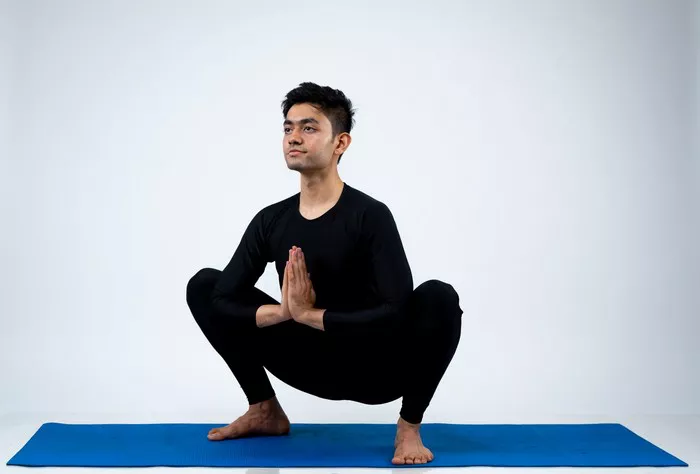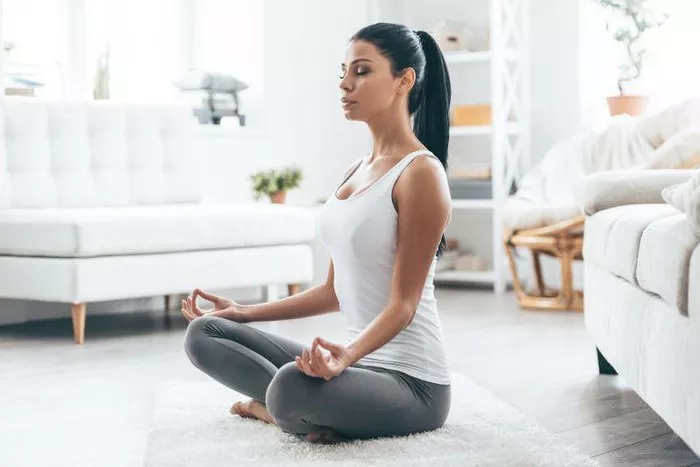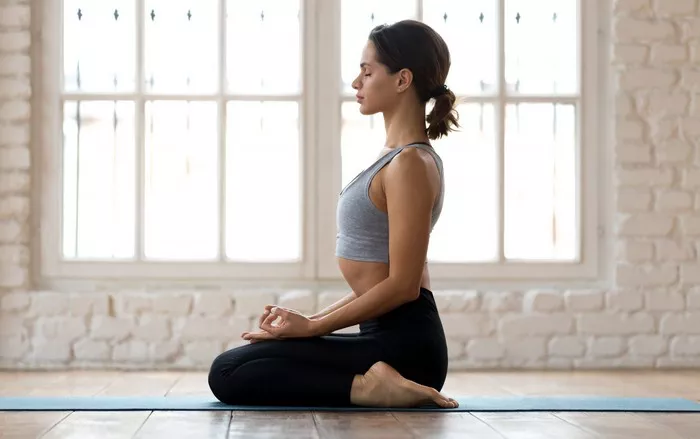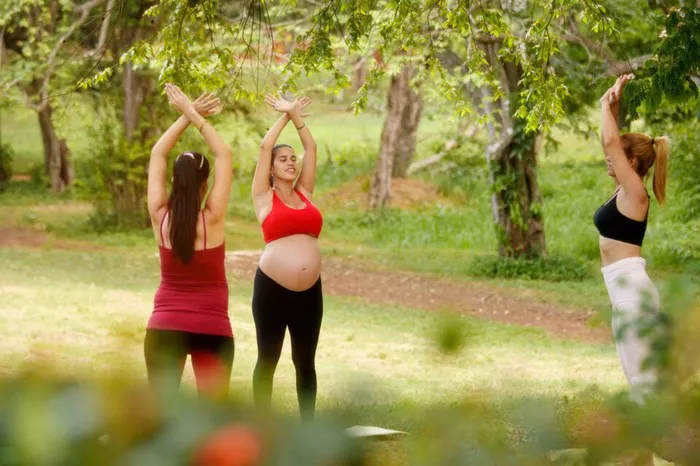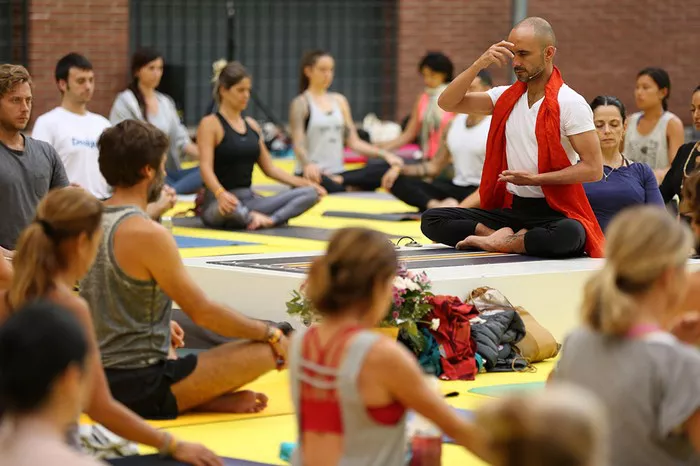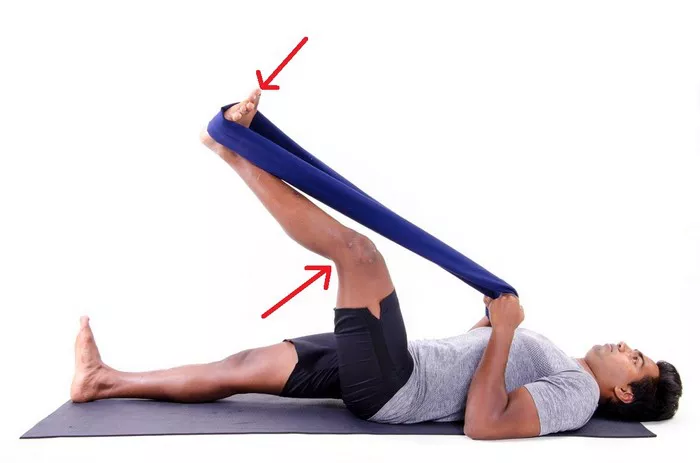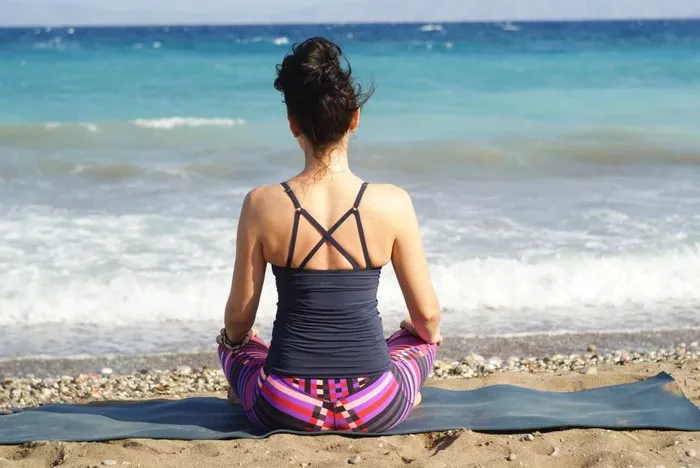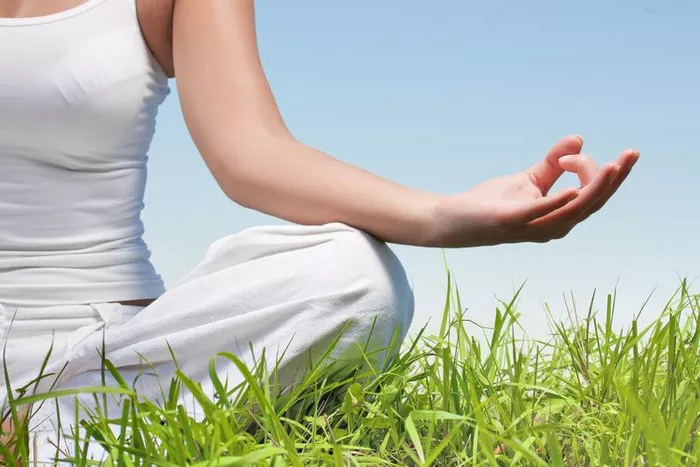Yoga is a discipline that invites both physical and mental clarity, offering numerous postures (asanas) that range from deeply restorative to challenging and dynamic. Within the rich and varied array of yoga practices, there are specific techniques and movements that help in achieving proper alignment, balance, and strength. One such technique, often utilized during the flow of a Vinyasa or Hatha yoga session, is the “halfway lift.” But what exactly is this move, why is it important, and how can you benefit from it?
In this article, we will explore what the halfway lift is, its role within yoga practice, its alignment principles, benefits, and how to perform it effectively.
Understanding the Halfway Lift in Yoga
The halfway lift, also known as Ardha Uttanasana (which translates to “half intense stretch” in Sanskrit), is a foundational yoga posture typically used as part of a larger sequence, such as the Sun Salutations (Surya Namaskar). It is a transitional pose that allows the practitioner to elongate the spine and engage the body in preparation for deeper forward bends or other postures.
Ardha Uttanasana is commonly performed after coming into a standing forward fold (Uttanasana) or during the flow between Downward-Facing Dog (Adho Mukha Svanasana) and Plank Pose (Phalakasana). The halfway lift serves as a gentle way to reset the body before transitioning into a deeper stretch, while also cultivating awareness and proper alignment.
Step-by-Step Guide to the Halfway Lift
Here’s how you can perform the halfway lift correctly:
Start in a Standing Forward Fold (Uttanasana): Begin by bending forward from the hips with your feet hip-width apart. Your knees may be slightly bent to protect the lower back, especially if you’re working on flexibility.
Inhale and Lift Your Torso: On an inhale, gently lift your torso halfway up. This should create a long, flat back, like a table or plank. Your spine should be in a neutral position, not rounded or arched.
Align Your Spine: Imagine a straight line from the crown of your head to your tailbone. This is achieved by engaging your core muscles and extending your spine in both directions, reaching forward through the crown of your head and back through your tailbone.
Position Your Hands: If you’re doing the halfway lift from Uttanasana, your hands should be placed on your shins, thighs, or the floor, depending on your flexibility. The hands should not be used to push the body into position, but rather to support it gently.
Activate Your Muscles: Engage your thighs and the muscles of your legs. This helps to stabilize your pelvis and protect the lower back. Keep your chest open and draw your shoulders away from your ears to avoid tension in the upper body.
Hold and Breathe: Stay in the position for a breath or two. Focus on the alignment of your body, and maintain the stretch without collapsing your chest or curving your back.
Exhale and Release: On your exhale, you can fold deeper into Uttanasana or continue with another yoga posture, depending on the sequence.
Why is the Halfway Lift Important?
The halfway lift serves several important functions in yoga practice. It is not only a preparatory movement but also a technique that supports proper alignment, engages the body, and helps develop strength and flexibility over time. Here’s why it’s so beneficial:
1. Spinal Alignment and Health
One of the key benefits of the halfway lift is that it encourages proper spinal alignment. The pose gently elongates the spine, helping to counteract the rounding that often occurs from prolonged sitting or poor posture. By lifting the chest and creating a long, neutral spine, the halfway lift helps prevent the common tendency to round the back, which can strain the discs and muscles of the spine.
2. Strengthens Core Muscles
While it may appear as a gentle pose, the halfway lift engages several key muscle groups. The core, specifically the abdominals and obliques, plays a crucial role in maintaining a long spine and balanced posture during the pose. Strengthening the core through this movement enhances overall stability and supports other more advanced postures.
3. Increases Flexibility in the Hamstrings
The halfway lift is an excellent way to begin stretching the hamstrings, especially when transitioning from a forward fold. By engaging the hamstrings and stretching them gradually, the body becomes more open and flexible over time, reducing the risk of injury during deeper forward bends.
4. Prepares the Body for Deeper Poses
In many yoga flows, the halfway lift is used as a preparatory posture for deeper forward folds, backbends, or other asanas. It acts as a gentle warm-up, stretching the hamstrings and lower back while providing stability in the core and spine.
5. Improves Posture
The act of elongating the spine in the halfway lift promotes better posture by encouraging alignment awareness. This is particularly beneficial for those who suffer from back pain or poor posture, as it serves as a reminder to practice mindful alignment and body awareness.
6. Enhances Balance and Coordination
Though it is a simple pose, the halfway lift can help build better balance and coordination. As you engage your legs and core, your body learns to stabilize itself in a strong, controlled way, which carries over into other yoga poses and even daily activities.
Common Mistakes to Avoid
Even though the halfway lift is a seemingly simple posture, it’s easy to make mistakes that can lead to discomfort or misalignment. Here are some common errors to watch out for:
Rounded Back: One of the most common mistakes in the halfway lift is rounding the back instead of lengthening it. This can lead to tension in the lower back and defeat the purpose of the stretch. Always focus on lifting the chest forward and maintaining a long spine.
Collapsing the Chest: Another error is collapsing the chest down instead of lifting it up. This limits the benefits of the stretch and can create tension in the shoulders and neck. Engage the chest muscles and lift the sternum away from the pelvis to maintain proper alignment.
Overarching the Lower Back: Some practitioners might overarch their lower back in an attempt to achieve a deep stretch. This can strain the lumbar spine and lead to discomfort. Focus on lengthening the spine from the tailbone to the crown of the head, keeping the lower back neutral.
Placing Hands Too Low or Too High: The placement of your hands is crucial in maintaining the integrity of the pose. If your hands are on the floor and your back is rounded, they may be too low for your current flexibility. Alternatively, if your hands are on your thighs or shins but you are still rounding your back, you may be placing them too high. Experiment with the hand position that allows you to maintain a neutral spine.
Lack of Core Engagement: The core is essential to maintaining stability and length in the spine. A common mistake is forgetting to engage the core, which can cause the back to collapse. Make sure to gently draw the navel in toward the spine to activate the abdominals.
Modifications and Variations
The halfway lift can be modified to suit different levels of flexibility and strength. Here are some variations:
With a Block: If your hamstrings are tight or you struggle to reach the floor with your hands, you can place a yoga block under your hands to reduce the strain. This will help support the body while still allowing you to lengthen the spine.
Knee Bends: If you have limited flexibility, you can bend your knees slightly in the halfway lift to make the stretch more accessible. This helps protect the lower back and allows you to focus on spinal lengthening rather than deep forward folding.
With a Strap: For those with tight hamstrings, using a yoga strap around the feet can help gently stretch the hamstrings while maintaining alignment in the upper body.
Standing Halfway Lift (Ardha Uttanasana with Feet Together): A variation of this pose can be done while standing, particularly in some Vinyasa flows, where you simply lift the chest halfway from a standing position. This variation engages the legs and lower back while offering a more dynamic stretch.
Integrating the Halfway Lift into Your Practice
The halfway lift is a vital part of a well-rounded yoga practice. Whether you are practicing Vinyasa, Hatha, or another style, incorporating Ardha Uttanasana into your sequences will provide numerous benefits. Here are a few ways to include the halfway lift in your yoga sessions:
In Sun Salutations (Surya Namaskar): The halfway lift is a key transition between the standing forward fold (Uttanasana) and plank pose. It helps prepare the body for further stretches, promotes spinal alignment, and enhances the flow of the practice.
In Standing Sequences: If you are performing standing poses or twists, taking a moment for a halfway lift can reset your spine, engage the core, and promote healthy posture.
In Forward Bends: After coming out of a forward fold or before diving deeper into a forward bend, the halfway lift can provide a transition that lengthens the spine and prepares the body for more intense stretches.
Conclusion
The halfway lift in yoga is more than just a physical posture—it is a tool for alignment, stability, and awareness. By incorporating Ardha Uttanasana into your practice, you can enjoy the benefits of better posture, a more flexible spine, and improved core strength. Whether you are new to yoga or an experienced practitioner, mastering the halfway lift is a great way to enhance your overall practice and ensure that you are moving with intention and mindfulness. By taking the time to focus on your alignment and engage the correct muscles, you’ll be able to perform a wide variety of postures with greater ease and less risk of injury.
Related Topics:

